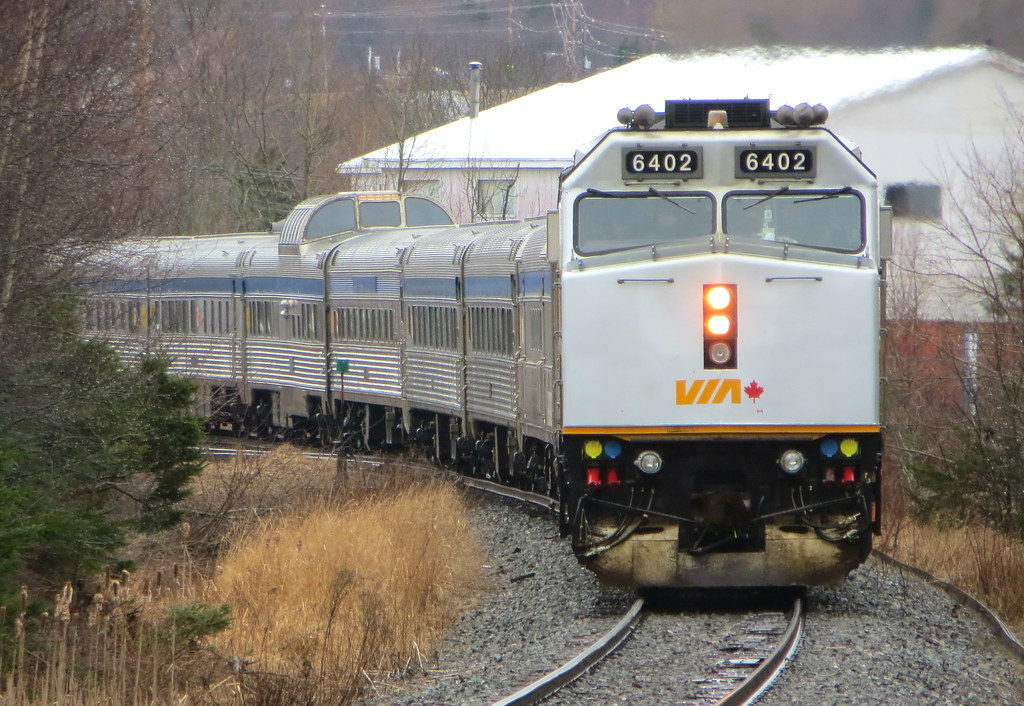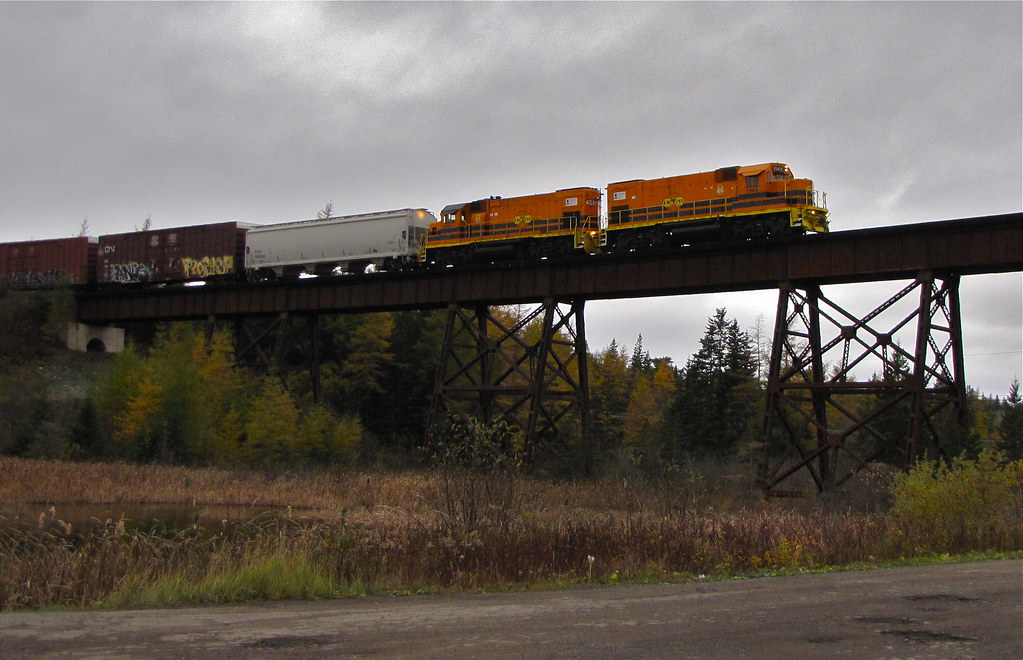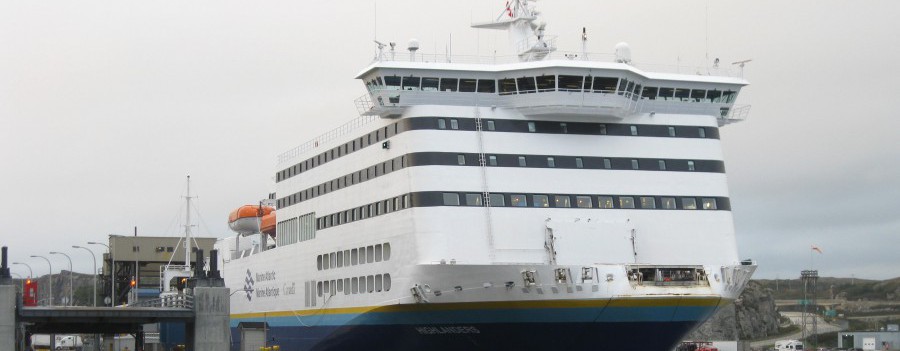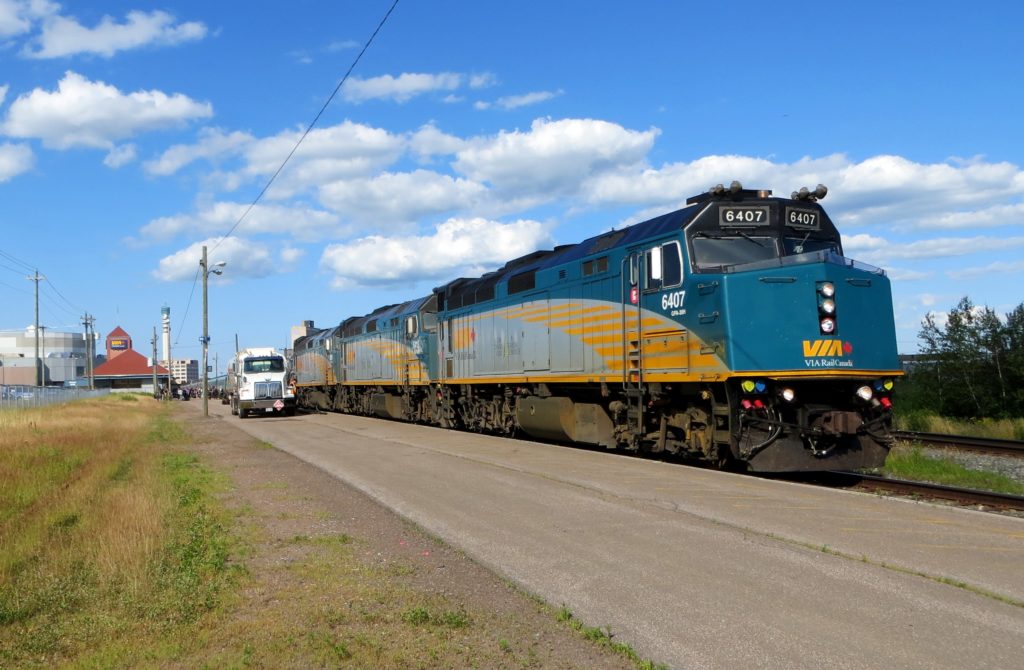
As polling day for the 2019 federal election draws ever closer, it’s increasingly apparent that climate change and the factors that influence it are becoming key issues for voters. Transportation is acknowledged to be a major contributor to greenhouse gases, and the opportunity has never been better for Transport Action’s sustainable transportation agenda to make its presence felt as Canadians go to the polls. Not to mention convenience and affordability!
Our national board has prepared a series of policy briefings for distribution to parties and candidates during the campaign. Transport Action Atlantic has been instrumental in three of these documents on matters specific to our region. We’ve also contributed to several others that have nation-wide implications, including intercity motorcoach services and long-haul passenger rail.
TAA is an all-volunteer, non-partisan advocacy organization. Our goal is to promote convenient, affordable and sustainable public transportation for all Atlantic Canadians. During the current federal campaign we believe it is important – and reasonable – to ask candidates of all political persuasion where they stand on these issues.
We are pleased to present these policy briefings, under the common theme Ideas in Motion. We encourage you to read and discuss them. If you agree with us that they deserve priority attention among campaign issues critical to Atlantic Canada and its future, please share them and encourage others to join the cause as well. Don’t miss this opportunity!
The three policy briefings focused on Atlantic Canada are published in their entirety below, and you can find a link to the national items at the bottom of the page. You can open or download any of these briefings as a PDF using the links below each item, so you can save, print and share them as you wish!
- A vision for renewed VIA Rail service in the Maritimes
- Cape Breton needs rail service
- Affordable Newfoundland ferry rates – a constitutional commitment
- National Briefings
______________________________________________________________________________
A vision for renewed VIA Rail service in the Maritimes

Passenger rail in Atlantic Canada today is a sorry remnant of what it used to be. For the past three decades it has been declining at a more precipitous rate than elsewhere in the VIA Rail system. In fact, portions of the Quebec City-Windsor corridor have, in recent years, seen significant improvement in both frequency and capacity.
The most recent setback for VIA’s Maritime service came in October 2012, when the frequency of the region’s sole remaining train was cut to just three times weekly, under the guise of being an “improvement” to better meet the public demand. VIA’s then-CEO was insistent that the Ocean was primarily a tourism product – completely ignoring the realities of local needs and travel patterns. The train has suffered significant ridership losses and increasing operating costs since the cutback. VIA is now paying more to operate fewer trains, and its most recent corporate plan acknowledges that passengers in the Maritimes are being poorly served by the current schedule.
The tri-weekly operation eliminated the possibility of same-day returns to the Maritimes from Montreal, and one-day round trips to Moncton for residents of New Brunswick’s North Shore – an important consideration for people who have few other public transportation options. The lack of frequency also rules out rail as a choice for weekend travel, and it limits its usefulness when severe winter conditions make other forms of transportation unreliable or impossible.
Frequency and reliability are key components to making passenger rail service viable. Transport Action Atlantic believes that a daily Ocean with equipment appropriate to meet market demand at different times of the year would be the most effective way to serve communities all along the route, as well to provide a quality seasonal tourism product.
The 2018 federal budget allocated funding for VIA to replace its entire Quebec City-Windsor corridor fleet, and an order for new trains has been placed with Siemens. This is an important step, but VIA’s long distance equipment used on trains outside the Corridor is aging and in urgent need of replacement. A refurbishment program is underway for much of this stainless steel “Heritage Fleet” – some of which is more than 70 years old and has already been rebuilt several times. But there is concern that this is not sufficient as a long-term solution. The British-built Renaissance equipment currently used on the Ocean is nearing the end of its service life, and when it is removed there will likely not be sufficient capacity to meet peak season demand. The time has come to place priority on investigating options for new long distance rolling stock.
Extensive market research should guide both the acquisition of new passenger cars and refurbishment of the existing fleet. A variety of accommodation and onboard amenities should be available to accommodate various travel budgets, including an enhanced economy service for those willing to pay extra for additional comfort and personal space without the luxury pricing of sleeper class. Simply put, the product should meet the needs of the marketplace.
There is also the issue of track infrastructure. The total Montreal-Halifax travel time for the Ocean today is longer than it was in the era of steam locomotives – largely due to the deteriorated condition of CN’s Newcastle Subdivision in northern New Brunswick. Passenger train speed is limited to just 30 miles per hour on a lengthy stretch of track where 70 mph was safely permitted less than 20 years ago. Federal investment several years ago was meant to improve the track, but the money has been spent and speeds have not been restored. Furthermore, there are frequent delays due to reduced siding capacity, particularly between Moncton and Halifax. Clearly, more investment is required, but in so doing the infrastructure owner needs to be held to account to ensure the outcome meets the intended objectives.
Canada does not end at Quebec City! Canadians outside of the corridor also deserve investment in modern passenger rail equipment and services.
______________________________________________________________________________
Open the PDF to share this VIA Rail briefing, or click the button below to download.
______________________________________________________________________________
Cape Breton needs rail service

The potential for restoration of rail freight service to Cape Breton Island remains strong – and the Government of Canada has an obligation to shoulder its share of responsibility. Nearly five years after the last freight train ran over the 96-mile section of the former CN Sydney Subdivision, the Province of Nova Scotia continues to pay the current owner of the line, US-based Genesee and Wyoming Corporation, a monthly allowance of up to $60,000. This covers such expenses as salaries, insurance, security and building maintenance directly attributed to the line between St. Peter’s Junction and Sydney, in return for which G&W will not apply to remove the track.
Recent indications are that the provincial government is not planning to renew this arrangement beyond the current fiscal year – unless there’s substantial progress toward a proposed marine container terminal in the Sydney area. But there’s so much more to consider than just the international shipping business.
Originally built at taxpayer expense, this rail line was a public asset for over 100 years, and when Crown-owned CN turned it over to the initial private operator in 1993, its then-CEO gave assurance in writing to the premier of Nova Scotia assuring continuing rail service in the event the new arrangement didn’t work out. The subsequent privatization of CN did not simply make that commitment go away. If it’s no longer an obligation of the railway company, then the Government of Canada must accept responsibility for a commitment made by the Crown corporation’s CEO on its behalf.
The traffic that previously moved on the railway has been forced to use an inadequate highway system, with serious environmental and safety implications, not to mention the maintenance burden placed on the Province as a result of damage to infrastructure caused by heavy transport trucks. The Nova Scotia government also faces growing pressure for extremely expensive highway twinning – at far greater cost than the modest investment required to place the rail line back in service.
It is Transport Action Atlantic’s position that the federal government should begin by reacquiring the line for net salvage value, and turn it over to the Province with a commitment from the New Canada Building Fund sufficient to restore it to Class 3 condition. Nova Scotia would then engage a willing and competent operator. A further infrastructure investment in several small intermodal facilities at strategic locations would enable traffic to both Cape Breton and western Newfoundland to be transported by rail in a more environmentally sustainable manner, while substantially reducing the maintenance burden on highway infrastructure and enhancing road safety.
Preserving the rail line could also allow the possibility of re-establishing passenger rail to Cape Breton at some point in the future. The Halifax-Sydney route operated by VIA Rail prior to 1990 was a well-patronized service, and could be a part of a policy to expand passenger rail across the country. Such an initiative would be fundamentally limited to areas where tracks still exist.
Governments do not need to be in the business of operating railways, but they should be establishing policies and making financial commitments that encourage more – not less – of Canada’s commercial traffic to move by rail. ______________________________________________________________________________
Open the PDF to share this Cape Breton Rail briefing, or click the button below to download.
______________________________________________________________________________
Affordable Newfoundland ferry rates – a constitutional commitment

It’s now been 70 years since Newfoundland and Labrador became Canada’s tenth province, completing Confederation from sea to sea. Transportation was a key concern for the people who designed the Terms of Union – and cost was an essential factor. Accordingly, Term 32 obligated Canada to provide a federally-supported ferry service between North Sydney and Port aux Basques, and provided assurance against the higher cost of living resulting from geography. Specifically, framed in conformity with the dominant transportation mode of the day, the 100-nautical-mile crossing of the Cabot Strait was to be rated as an all-rail movement. The additional handling and operational costs of the ferry service were to be absorbed by the Government of Canada through Crown-owned Canadian National Railways.
Much has changed in the intervening years. The narrow-gauge Newfoundland rail line was abandoned in 1988; the railway passenger service on the island had been discontinued two decades previously. Traffic on the “constitutional” ferry route is now all highway-based. But the basic principle of Term 32 remains. While road has replaced rail, the ferry service operated by the federal Crown corporation Marine Atlantic Inc. (MAI) must be viewed in the contemporary sense as an extension of the Trans Canada Highway. If the spirit in which the Terms of Union were drafted is to be respected, vehicles crossing the Cabot Strait should be charged no more than the cost of driving them 180 kilometres by highway. Arguably, there should be no charges for commercial drivers or the occupants of passenger vehicles. It is significant that these additional costs do not apply to users of the Confederation Bridge to Prince Edward Island, which is also a constitutional obligation of the Government of Canada.
Over time, the best intentions of the latter-day Fathers of Confederation have been eroded. In the past two decades Marine Atlantic’s rates have more than doubled – an increase greater than three times the national inflation rate. Security fees and fuel surcharges have also been added. Notably, there are no such additional costs to users of the Confederation Bridge, where tolls are tied to the cost of living index.
Under the previous Conservative government, Transport Canada imposed a cost recovery target of 65% on MAI. This has remained unchanged under the current Liberal administration – despite a campaign commitment in 2015 that termed the existing cost recovery requirement as “unreasonable” and pledged to address it if elected. It’s a promise that has not been fulfilled, and ferry rates have continued to rise in excess of the inflation rate.
Transport Action Atlantic believes the spirit of the Terms of Union that made Newfoundland and Labrador a part of Canada should be respected, and that Term 32 must be viewed in a modernized context. The ferry crossing of the Cabot Strait is part of the Trans Canada Highway, and should cost users no more than driving the equivalent distance by road. This is an obligation assumed by the Government of Canada in 1949, and remains as valid today as it did then – notwithstanding the passage of time and changes in transportation technology. A recent recommendation by the House of Commons Transportation Committee to further study the concept of an undersea tunnel crossing of the Strait of Belle Isle should not be used as reason to delay addressing the ferry rate issue. Even if a “fixed crossing” between Newfoundland and the mainland is demonstrated to be feasible, its construction would lie many years in the future. Today’s ferry rates, by the Prime Minister’s own admission, are much higher than they should be – and immediate action is required. ______________________________________________________________________________
Open the PDF to share this Newfoundland Ferry Rates briefing, or click the button below to download.
______________________________________________________________________________
National Policy Briefings
In addition to these three regional policy briefings, Transport Action Canada and Transport Action Ontario have developed briefings on several other items – policy support for VIA Rail, rebuilding a national bus network, and Southwestern Ontario rail and bus.
You can view and download any of these briefings, along with the Atlantic items, from the Transport Action Canada POLICY BRIEFINGS website.







